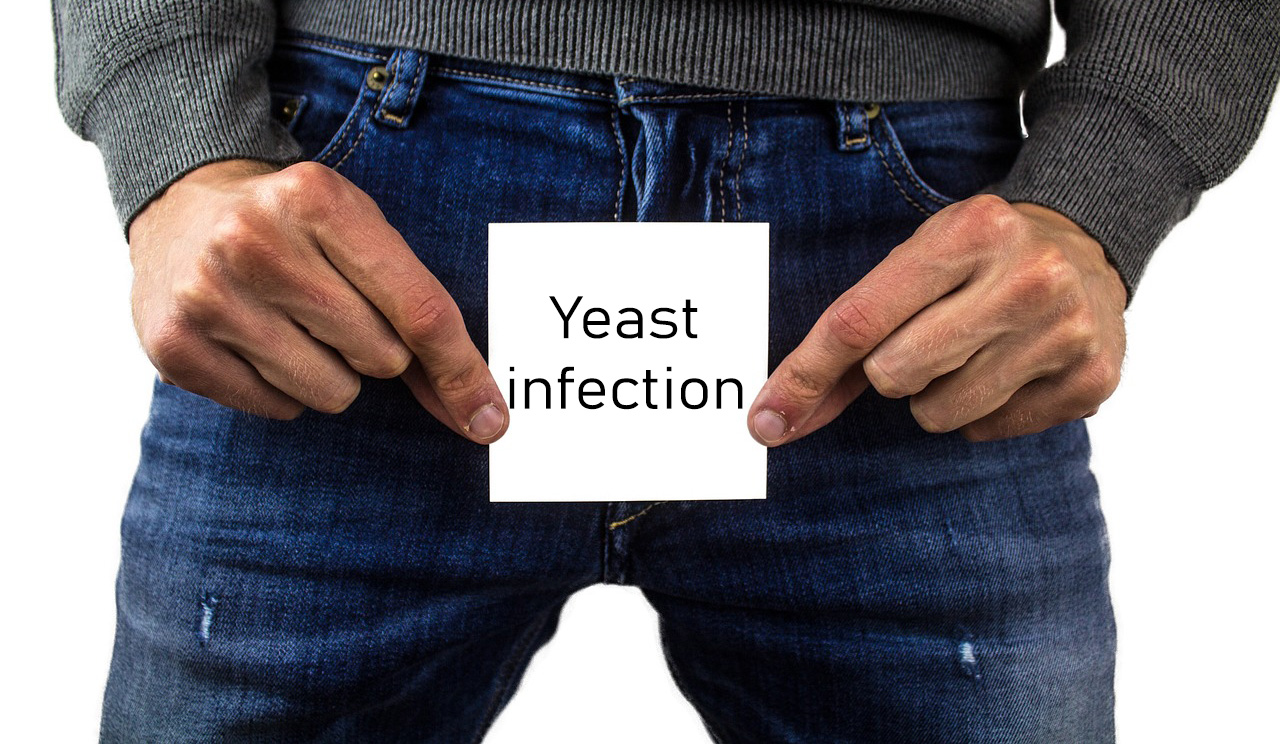Men can get yeast infections and here’s why
When people think of yeast infections, they typically associate them with women. In fact, up to 20 percent of women may harbor this condition in the vagina known as vaginal candidiasis. While yeast infections are more common in women, men can also develop a yeast infection called balanitis, also called candidal balanitis or balanitis thrush. Yeast infections in men affect the head of the penis and are more common in uncircumcised men.
Causes of yeast infections in men
Candida is a type of yeast that thrives in warm, moist environments like the gastrointestinal tract and vagina, even in healthy bodies.
A common way men contract a yeast infection is having sexual contact with a woman with the condition. However, yeast infections are not considered a sexually transmitted disease since men still get the infection without being sexually active.
Here are potential causes and risk factors for male yeast infections:
- Men with poor hygiene
- Uncircumcised men
- Uncontrolled diabetes. Yeast growth increases when blood sugar levels are high
- Prolonged antibiotic use. This lowers good bacteria which can increase growth of candida
- Weakened immune system from chronic health condition promoting the spread of candida
- Soaps and skin products irritating to the skin
- Wearing tight-fitting underwear or wet clothing
- Condoms that contain lubricants
- Using spermicides
- Hot, humid environments
- Being overweight
What are the symptoms of a yeast infection in men?
Yeast infections in men tend to be symptomless in the beginning. However, as the infection becomes worse, symptoms begin to appear. Here are possible symptoms a man with a yeast infection may have:
- Burning with urination
- Sores on the foreskin of the penis
- Irritation and itchiness
- White, lumpy, foul- smelling discharge
- Uncomfortable sexual intercourse
- The top of the penis looks red and inflamed
- Small rash like bumps that may contain pus
- The top of the penis exhibits patches of white, shiny skin
Men experiencing any of the above symptoms should see their doctor right away. If left untreated, yeast infections of the penis can potentially cause problems with the prostate.
Treating and preventing male yeast infections
While yeast infections in men can go away on their own, they can still spread to the scrotum, inner thighs and buttocks. If the yeast infection is mild, they may not require treatment. However, antifungal creams or oral medications can help manage symptoms. An oral antifungal drug such as fluconazole is almost always effective in treating yeast infections.
Good hygiene is the best way to prevent developing or spreading a yeast infection. To prevent re-infection, treatment is necessary for both partner to prevent the infection being transmitted back and forth. Condoms should be worn during sexual intercourse by any man with a yeast infection. Men should also wash their penis regularly with plain warm water, avoiding perfumed shower gels or soaps on their genitals. After a showering, it is important to dry the penile area thoroughly. Wearing boxers or loose-fitting cotton underwear that allow air flow to help keep the genitals dry and cool, can also prevent yeast growth.
Dr. David Samadi is the Director of Men’s Health and Urologic Oncology at St. Francis Hospital in Long Island. He’s a renowned and highly successful board certified Urologic Oncologist Expert and Robotic Surgeon in New York City, regarded as one of the leading prostate surgeons in the U.S., with a vast expertise in prostate cancer treatment and Robotic-Assisted Laparoscopic Prostatectomy. Dr. Samadi is a medical contributor to NewsMax TV and is also the author of The Ultimate MANual, Dr. Samadi’s Guide to Men’s Health and Wellness, available online both on Amazon and Barnes & Noble. Visit Dr. Samadi’s websites at robotic oncology and prostate cancer 911.

